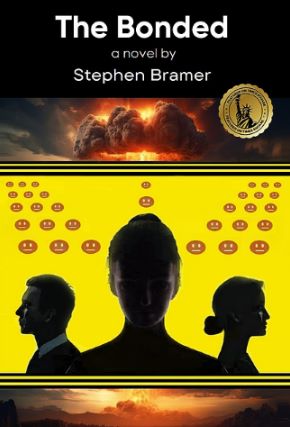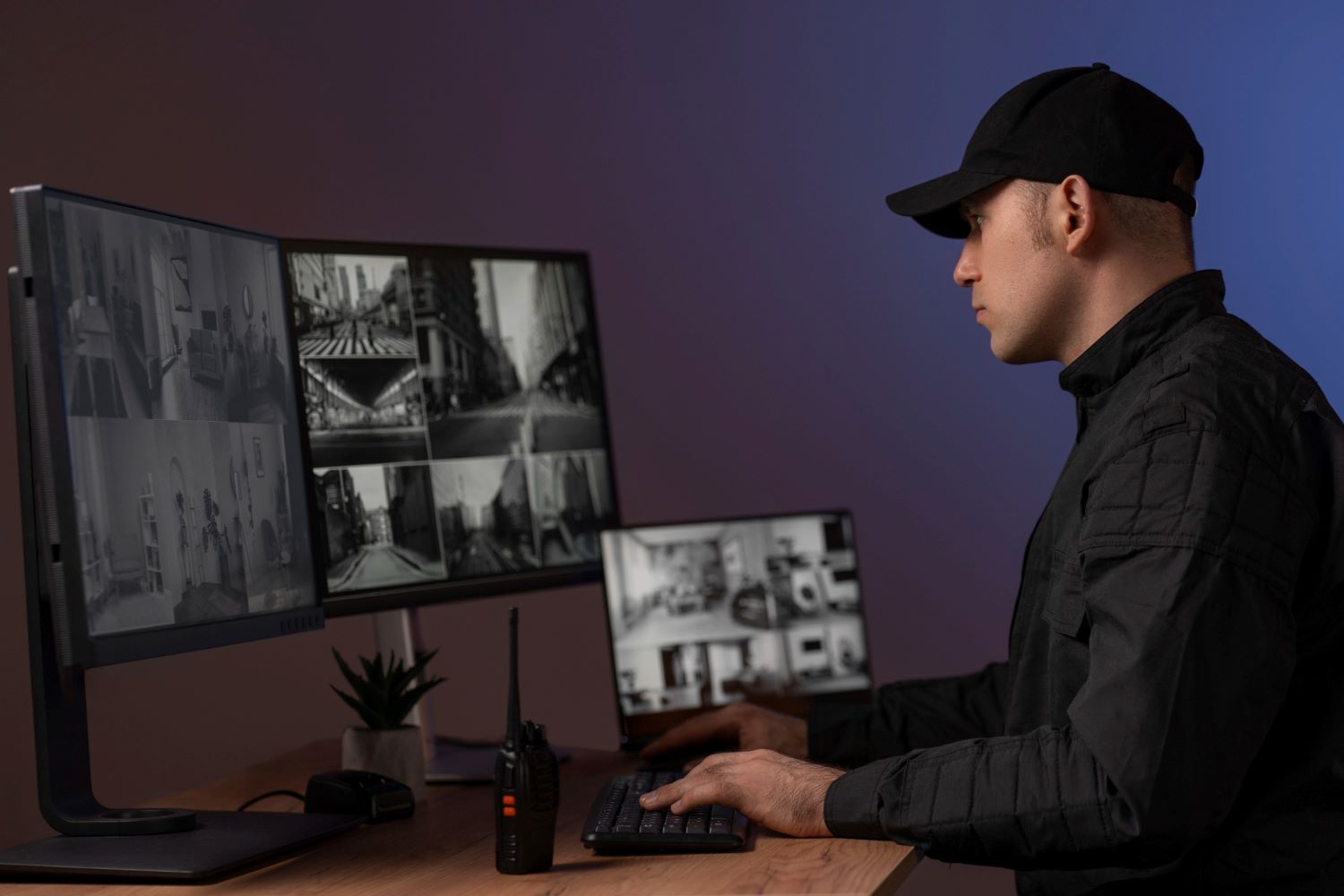Have you ever wondered how private investigators (PIs) crack cases that seem unsolvable? While Hollywood often portrays them as lone wolves chasing down criminals in dramatic car chases, the reality is far more nuanced. Real-life PIs play a crucial role in solving crimes, uncovering truths, and providing closure. But how do they operate, and how do they differ from their fictional counterparts? Let’s dive in while drawing connections to Stephen Bramer’s The Bonded, a novel that blends crime-solving with the extraordinary.
What Do Private Investigators Actually Do?
Private investigators are hired to gather information, conduct surveillance, and solve mysteries that often fall outside the scope of law enforcement. Their work ranges from tracking down missing persons to uncovering fraud or infidelity. Unlike police officers, PIs don’t have the authority to make arrests, but they excel at digging deep into cases that require time and specialized skills.
In The Bonded, forensic technician Dean Parks and detective Samantha Sheffield take on roles similar to private investigators as they unravel a series of gruesome murders linked by mysterious metallic cards. Their investigation goes beyond traditional police work. Like real-life PIs, they rely on persistence and resourcefulness to piece together the truth.
Surveillance: The Art of Watching and Waiting
One of the most common tasks for private investigators is surveillance. Whether it’s tracking a cheating spouse or monitoring a suspect, PIs spend hours, sometimes days, observing their targets. This requires patience, attention to detail, and the ability to blend into the background.
As we see in The Bonded, Dean and Sam find themselves surveilling not just suspects but also the enigmatic “Woman of Interest,” who seems to be connected to the hive mind. Their surveillance is fraught with tension, as they must navigate the blurred lines between the known and the unknown.
Solving Cold Cases: Giving Families Closure
Private investigators often take on cold cases, unsolved crimes that have gone dormant. These cases can be particularly challenging, as evidence may have been lost or witnesses may have forgotten key details. However, PIs bring fresh perspectives and new techniques to the table, often uncovering leads that were previously overlooked.
In The Bonded, the investigation into the murders feels like a cold case at first. However, as Dean and Sam dig deeper, they uncover a hidden history of the Bonded, a subspecies of humanity with extraordinary abilities. Their work not only solves the case but also reveals a larger truth about human evolution and identity. In some cases, they even manage to provide a sense of closure to the victims’ families.

Conclusion
Private investigators play a vital role in solving crimes, uncovering truths, and providing closure. Their work is far from the glamorous portrayals you see on screen, but it’s equally, if not more, impactful. From surveillance to cold cases, PIs bring expertise, dedication, and a fresh perspective to the table. While The Bonded focuses on police detectives and forensic experts rather than private investigators, it highlights the same investigative challenges and techniques that drive real-world crime solving.
The Bonded: A Glimpse into Investigative Work
If you’re fascinated by the world of crime-solving and investigative work, The Bonded by Stephen Bramer is a must-read. This genre-bending novel combines crime, science fiction, and philosophical themes into a gripping narrative that will keep you hooked.
Ready to dive into a story that blends real-world investigation with speculative intrigue? Grab your copy now!



